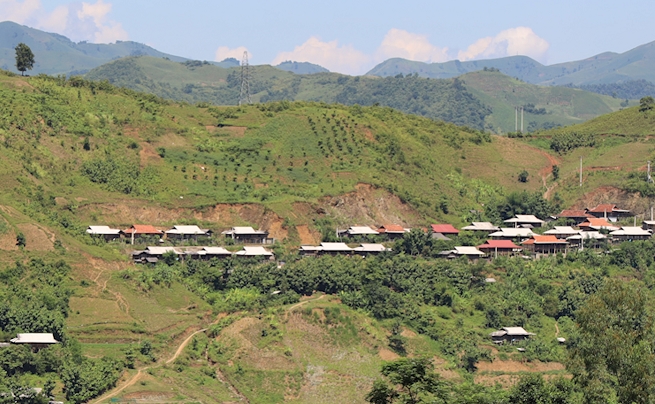
Focused poverty reduction
In Report No. 5917/BC-BKHĐT-KHGDTNMT dated July 26, 2024 assessing the implementation of the sustainable development goals (SDGs), the Ministry of Planning and Investment (MPI) said that the poverty rate according to the multidimensional poverty standard in 2023 nationwide is 3.2%, down 1.1% compared to the end of 2022.
However, the poverty reduction parameters in the 2023 SDGs Report were not specifically analyzed by the Ministry of Planning and Investment . Previously, in the 2022 SDGs Report (published in July 2023), the Ministry of Planning and Investment provided many indicators to reflect the poverty situation in urban and rural areas; as well as in each economic region and by ethnic group.
Currently, the Ethnic Committee is developing a "Project on criteria for identifying ethnic groups facing many difficulties and having specific difficulties in the period of 2026 - 2030", expected to be submitted to the Prime Minister in December 2024. The objective of the Project is to develop a set of scientific and effective criteria, as a basis for policy making with higher investment and support levels for ethnic groups facing many difficulties and having specific difficulties, so that these ethnic groups can soon integrate into the general development in ethnic minority and mountainous areas.
In the 2022 SDGs Report, the Ministry of Planning and Investment said that our country's multidimensional poverty rate is estimated at 4.2%, down 1.17% compared to the end of 2021. This rate also has a large differentiation between urban areas (1.5%), rural areas (5.9%) and between socio-economic regions.
Specifically, the multidimensional poverty rate is highest in the Northern Midlands and Mountains (12.8%) and the Central Highlands (10.8%) and lowest in the Southeast (0.4%). The poverty rate of ethnic minority households decreased by 4.89%; the poverty rate in poor districts decreased by 6.35% compared to the end of 2021.
In the 2022 SDGs Report, the Ministry of Planning and Investment stated that the implementation of poverty reduction goals still faces many challenges such as: Uneven poverty reduction rate, poverty reduction is not truly sustainable; the gap between rich and poor between regions and population groups has not been narrowed, especially in the Northern mountainous region and the Central Highlands.
In particular, in the 2022 SDGs Report, the Ministry of Planning and Investment stated that some specific poverty reduction policies are not suitable to the characteristics and conditions of each region and ethnic minority, so the impact is not high; the investment level for poverty reduction is still low compared to actual needs.
This is also the situation that has been assessed and analyzed from the survey data, collecting socio-economic information of 53 ethnic minorities in 2019; with more specific and detailed data. The survey results show that the Northern Midlands and Mountains and the Central Highlands are the two "core poor" regions of the country; with the corresponding rates of 39.1% and 35.5%, according to the multidimensional poverty standard for the period 2016 - 2020.
With the method of collecting information from each household, the socio-economic information survey of 53 ethnic minorities also provides detailed data on the poverty status of each ethnic group. The results show that there are ethnic groups with almost no poor households, such as the Hoa and Ngai ethnic groups. On the contrary, many ethnic groups, such as the Co, Xinh Mun, La Hu, Chut, Mang, and Pa Then, have poor and near-poor households accounting for more than 70%.
In addition to the above ethnic groups, the country still has 21 ethnic groups with a poverty rate of more than half. Among them, the Mong ethnic group, one of the few ethnic groups with the largest population (over 1 million people), but has a poor and near-poor household rate of up to two-thirds (65.5%).
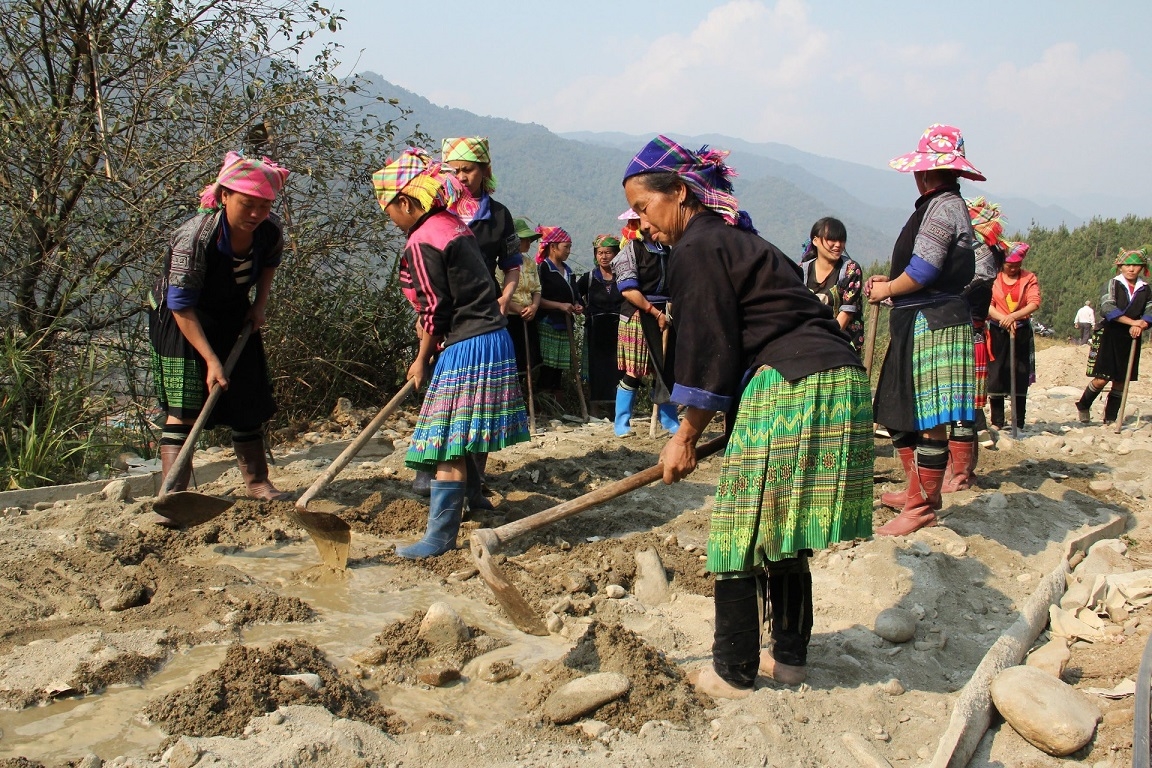
Based on these figures, the Ethnic Committee has consulted and developed and submitted to the Prime Minister Decision No. 39/2020/QD-TTg dated December 31, 2020 on criteria for identifying ethnic groups facing many difficulties and those with specific difficulties. Based on that set of criteria, 32 ethnic groups facing many difficulties and 14 ethnic groups with specific difficulties have been identified (approved by the Prime Minister in Decision No. 1227/QD-TTg dated July 14, 2021).
This is the basis for implementing investment and support policies under the National Target Program for Socio-Economic Development in Ethnic Minority and Mountainous Areas for the 2021-2030 period, Phase I: 2021-2025 (National Target Program 1719); with the principle of focused investment, prioritizing resources to invest in the development of ethnic groups with specific difficulties, supporting ethnic groups with many difficulties in socio-economic development.
Ensuring sustainable poverty reduction
The survey and collection of information on the socio-economic situation of 53 ethnic minorities in 2024 nationwide officially ended on August 15. Currently, localities have basic data sets on the socio-economic conditions of ethnic minority households in the area; the General Statistics Office will then synthesize and hand over to the Ethnic Committee for assessment and analysis.
Analyzing aspects of the socio-economic life of ethnic minority households from survey data is of particular importance. This is the basis for policy making in the period 2026 - 2030, aiming at the goal of sustainable poverty reduction for ethnic minority and mountainous areas.
In fact, the poverty reduction results in ethnic minority and mountainous areas in the period of 2019 - 2023 are very impressive, but have not yet achieved the sustainable goal. In some localities, the situation of re-poverty and poverty arising among ethnic minority households is still quite common.

Sustainable poverty reduction is a huge challenge. On the contrary, there are many opportunities to help poor households escape poverty. The important thing is the will to rise up, to be self-reliant to escape poverty, and to cope with all possible circumstances.
National Assembly Delegate Do Chi Nghia
Delegation of National Assembly Deputies of Phu Yen province.
For example, in Son La province, by the end of 2023, the whole province still had 42,147 poor households (41,467 ethnic minority households), of which 854 households had fallen back into poverty and 6,618 new poor households had emerged.
Of the total 27,050 near-poor households (26,634 ethnic minority households) in the province by the end of 2023, there were 1,617 near-poor households and 1,215 new near-poor households. This is the review result approved by the People's Committee of Son La province in Decision No. 146/QD-UBND dated January 25, 2024.
Not only in Son La but also in most ethnic minority and mountainous areas, unsustainable poverty reduction results are an issue that needs special attention.
In the 2023 SDGs Report dated July 26, 2024, the Ministry of Planning and Investment also stated that poverty reduction results are high but not sustainable, poor households are susceptible to falling back into poverty or new poverty.
"Therefore, in the coming time, it is necessary to continue researching and perfecting multidimensional poverty standards associated with sustainable development goals," the Ministry of Planning and Investment recommended.
Poverty aspects of ethnic minority households were collected in the survey on socio-economic status of 53 ethnic minorities in 2024, which was recently organized from July 1 to August 15; in 54 provinces and cities across the country. The results will be evaluated, analyzed, and expected to be announced in July 2025, thereby identifying the causes of poverty of ethnic minority households to have appropriate support policy orientations in the coming period.
From now until the time of publishing the survey data set on the socio-economic situation of 53 ethnic minorities, identifying the causes of poverty at the local level is also necessary to effectively implement poverty reduction programs and projects in ethnic minority and mountainous areas; especially to arouse the will to self-reliance of poor ethnic minority households to escape poverty sustainably.
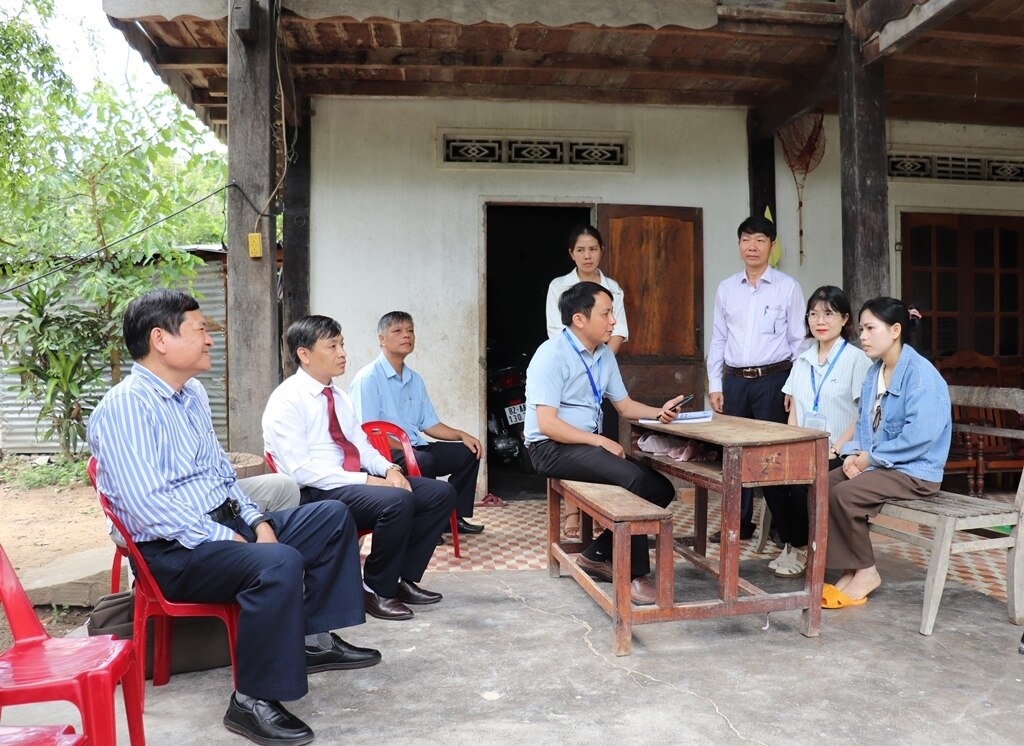
For example, in Son La province, according to the analysis of poverty status attached to Decision No. 146/QD-UBND dated January 25, 2024, by the end of 2023, out of a total of 42,147 poor households in the province, only 1,548 households will be poor due to their inability to work; there will be 267 near-poor households without the ability to work out of a total of 27,050 near-poor households in the province.
According to the analysis results of the People's Committee of Son La province, the majority of poor households in the area are due to having no land for production (10,616 households); no capital for production and business (27,534 households); no means and tools for production (11,268 households); no knowledge of production (21,681 households); no labor and production skills (23,402 households);...
The causes of poverty such as in Son La province need to be carefully analyzed and evaluated nationwide, based on the results of surveys and information collection on the socio-economic situation of 53 ethnic minorities in 2024. From there, poverty reduction policies in the coming period will continue to "clear" the identified "bottlenecks", helping poor and near-poor households of ethnic minorities to be equipped with the necessary tools, and strive to escape poverty sustainably.
Source: https://baodantoc.vn/hoach-dinh-chinh-sach-tu-ket-qua-dieu-tra-thuc-trang-kinh-te-ho-dtts-khoi-day-y-chi-tu-luc-bai-cuoi-1724055580437.htm


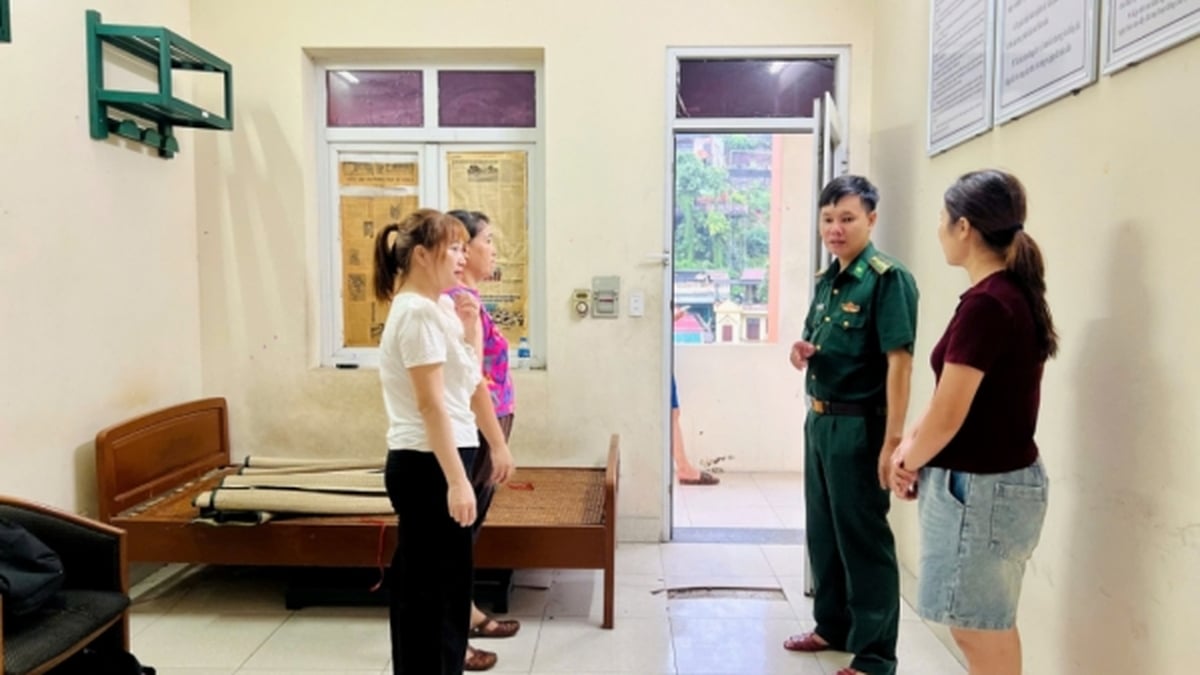


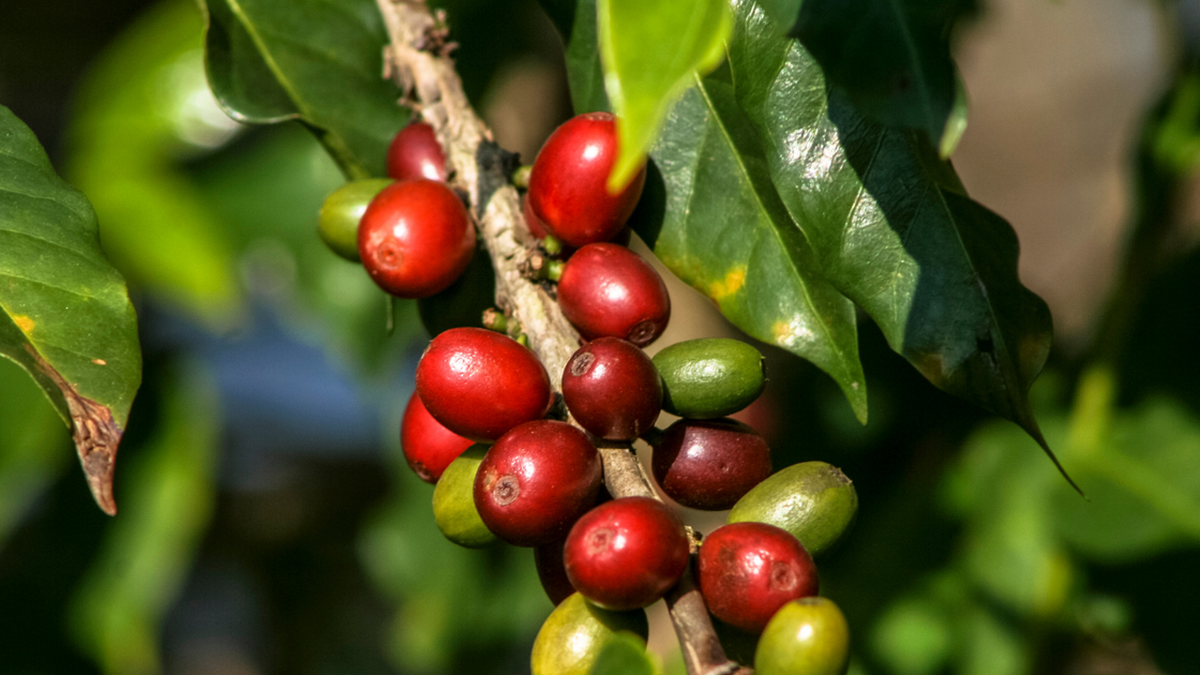




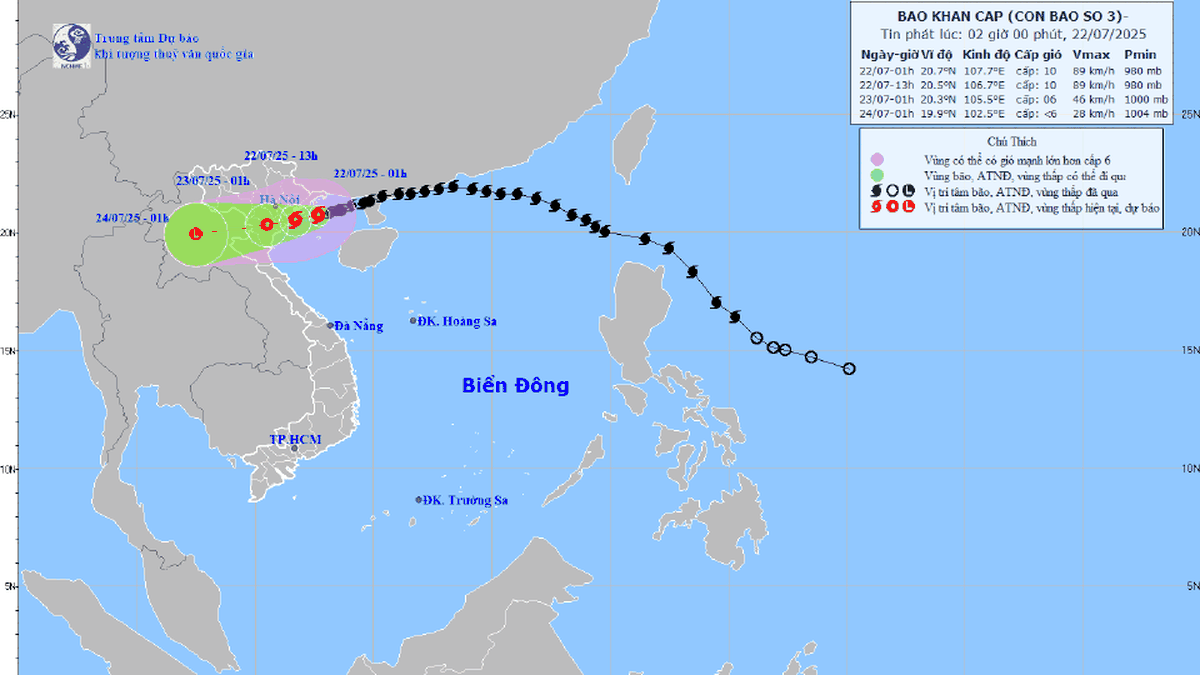

















![[Photo] National Assembly Chairman Tran Thanh Man visits Vietnamese Heroic Mother Ta Thi Tran](https://vphoto.vietnam.vn/thumb/1200x675/vietnam/resource/IMAGE/2025/7/20/765c0bd057dd44ad83ab89fe0255b783)









































































Comment (0)